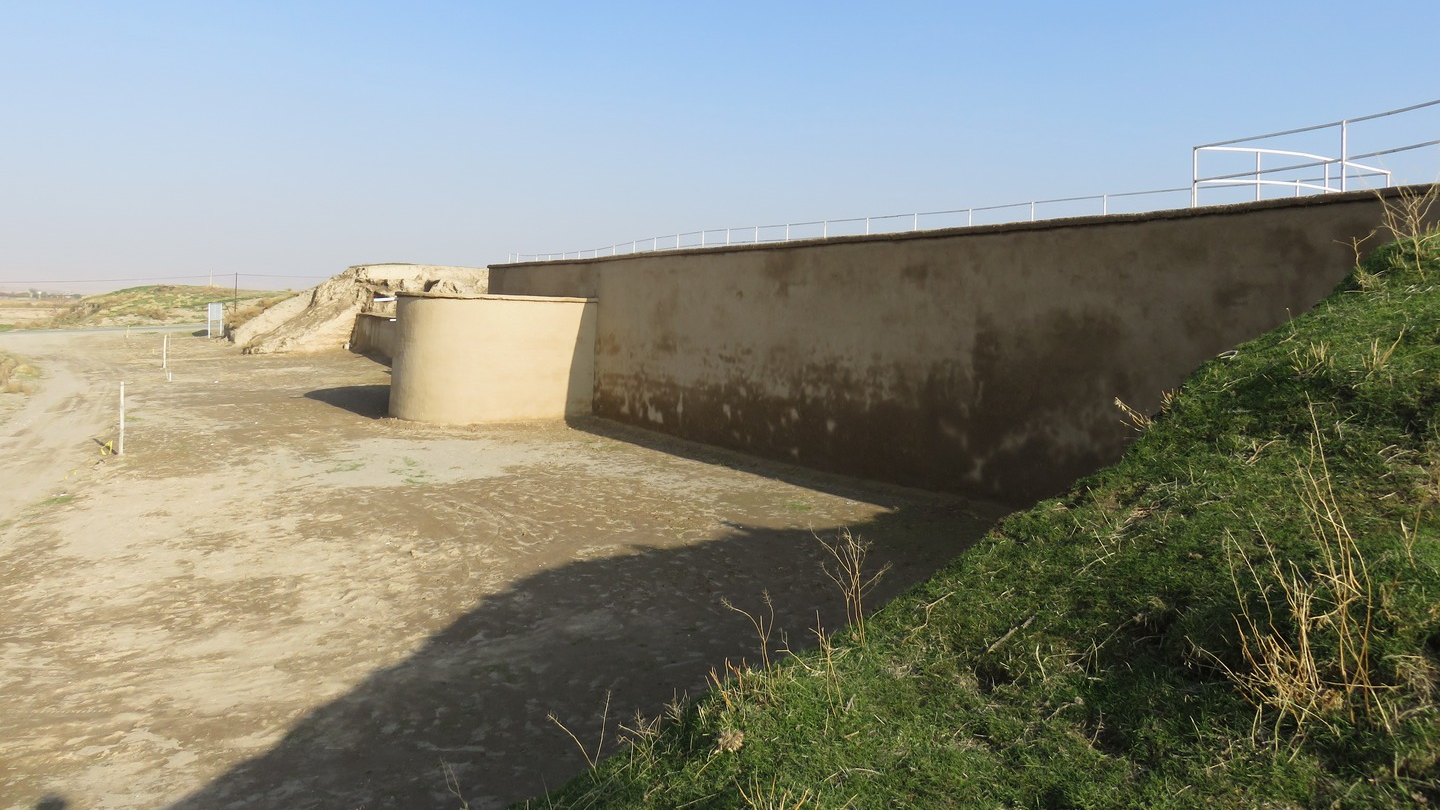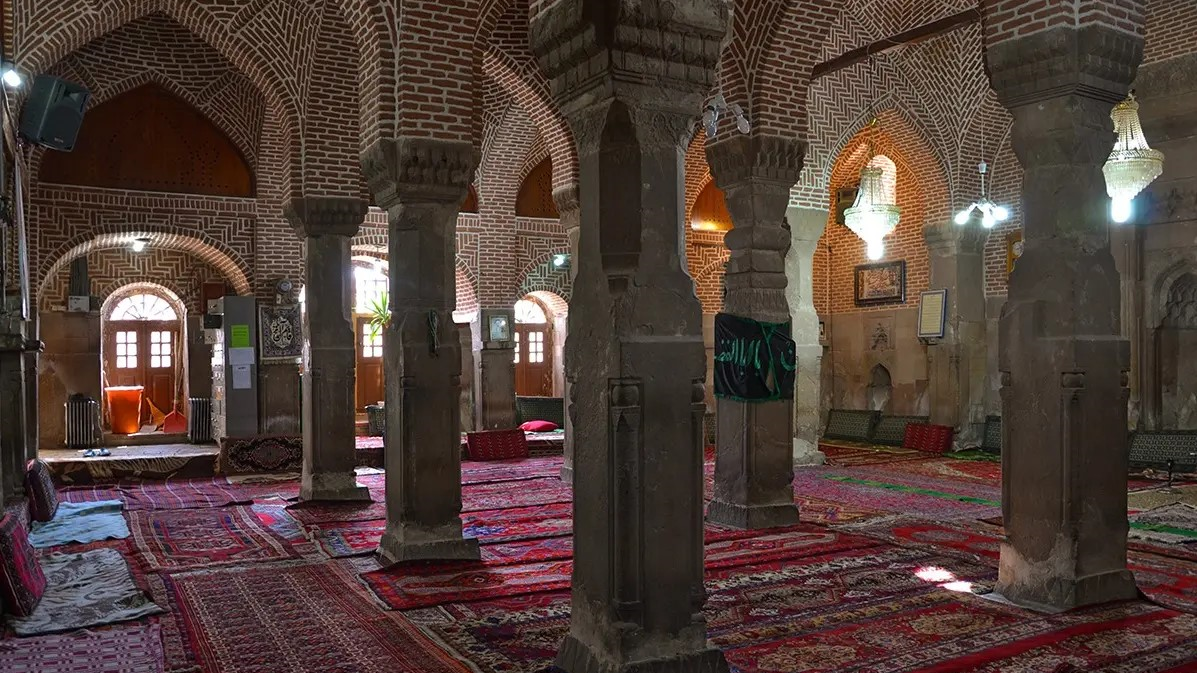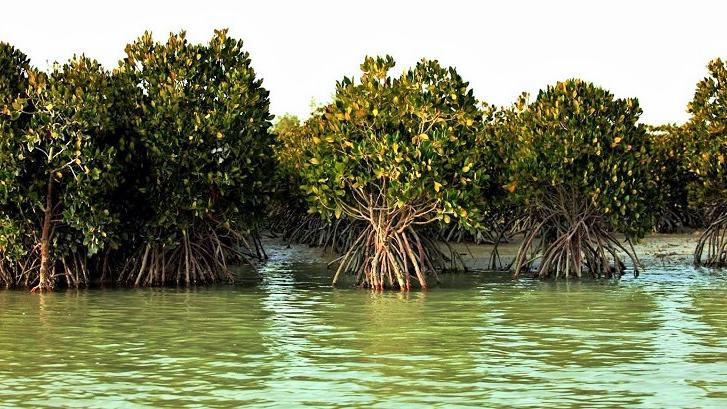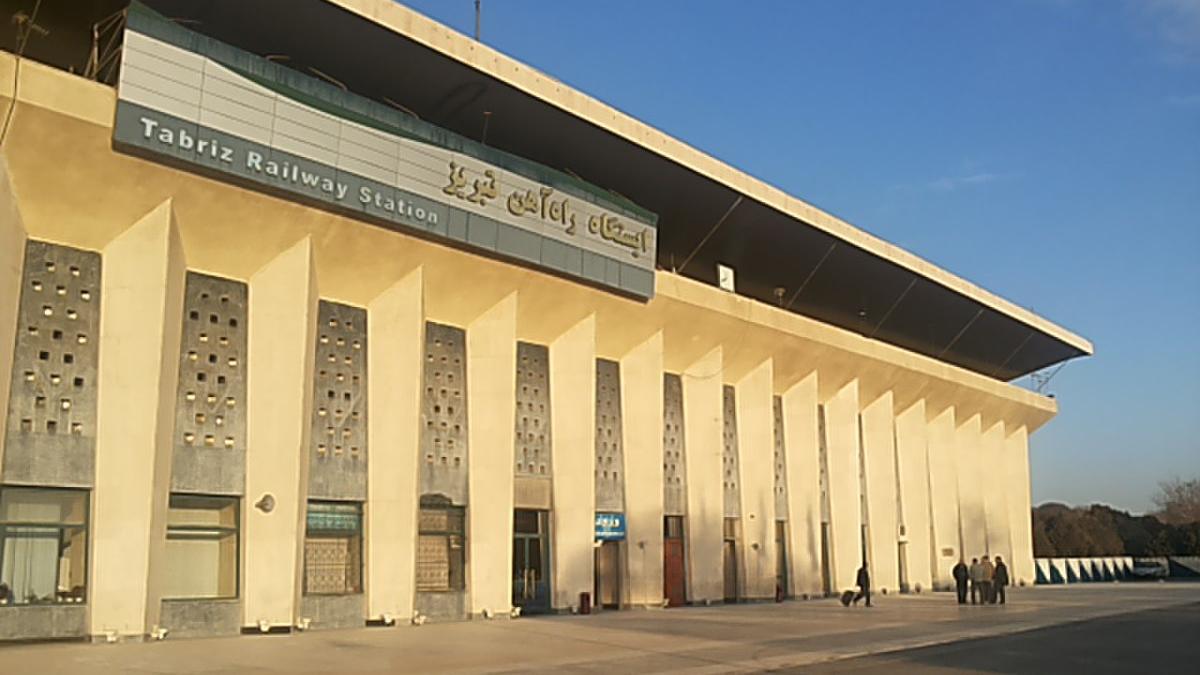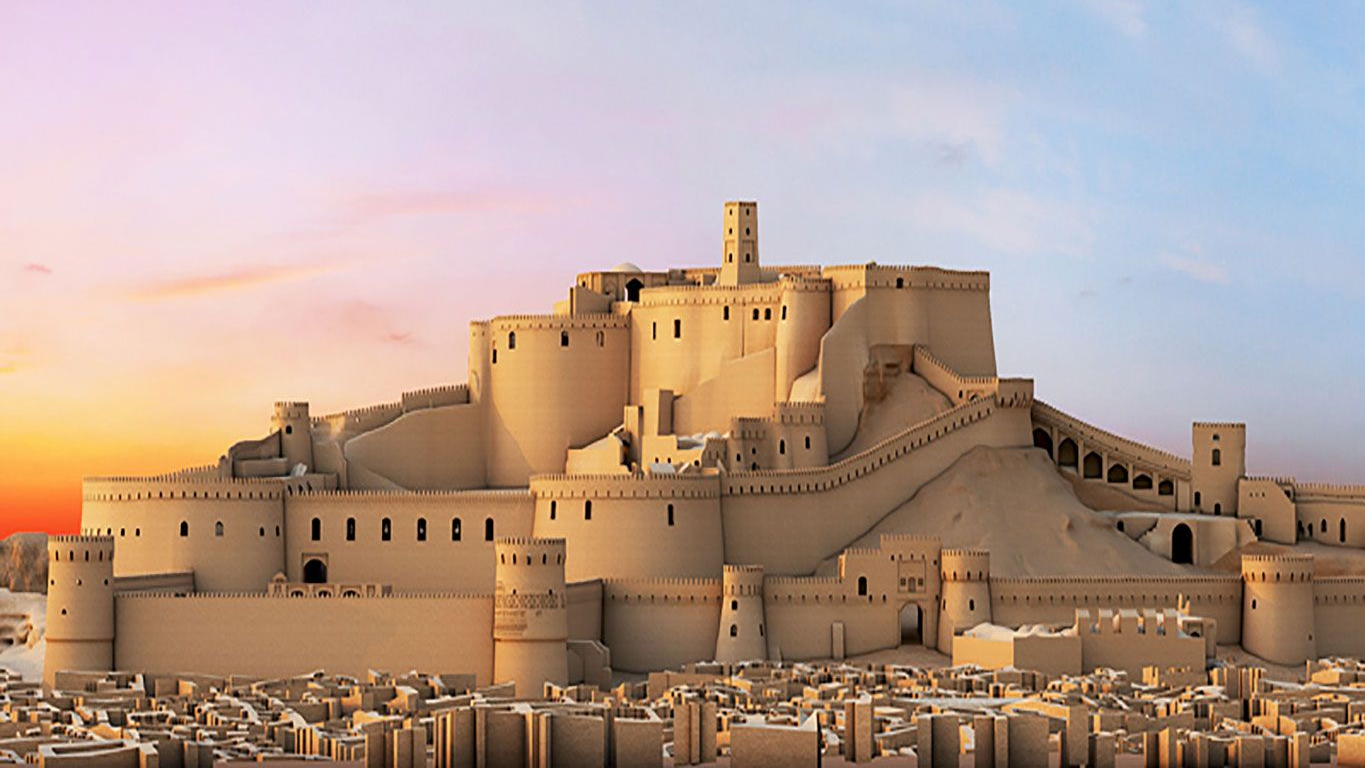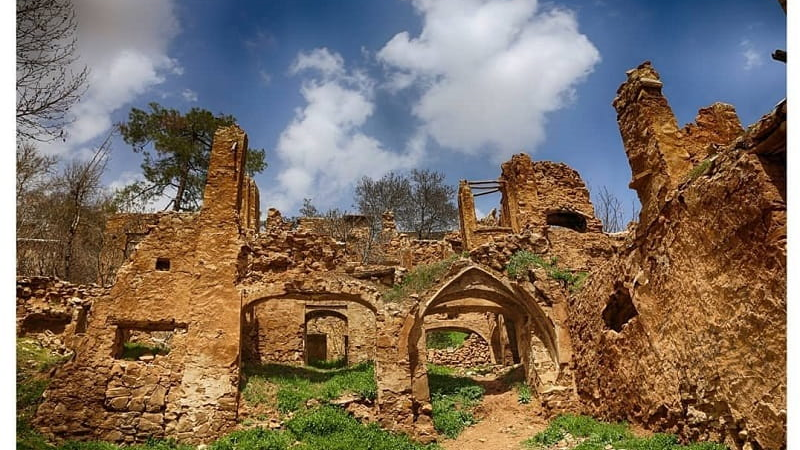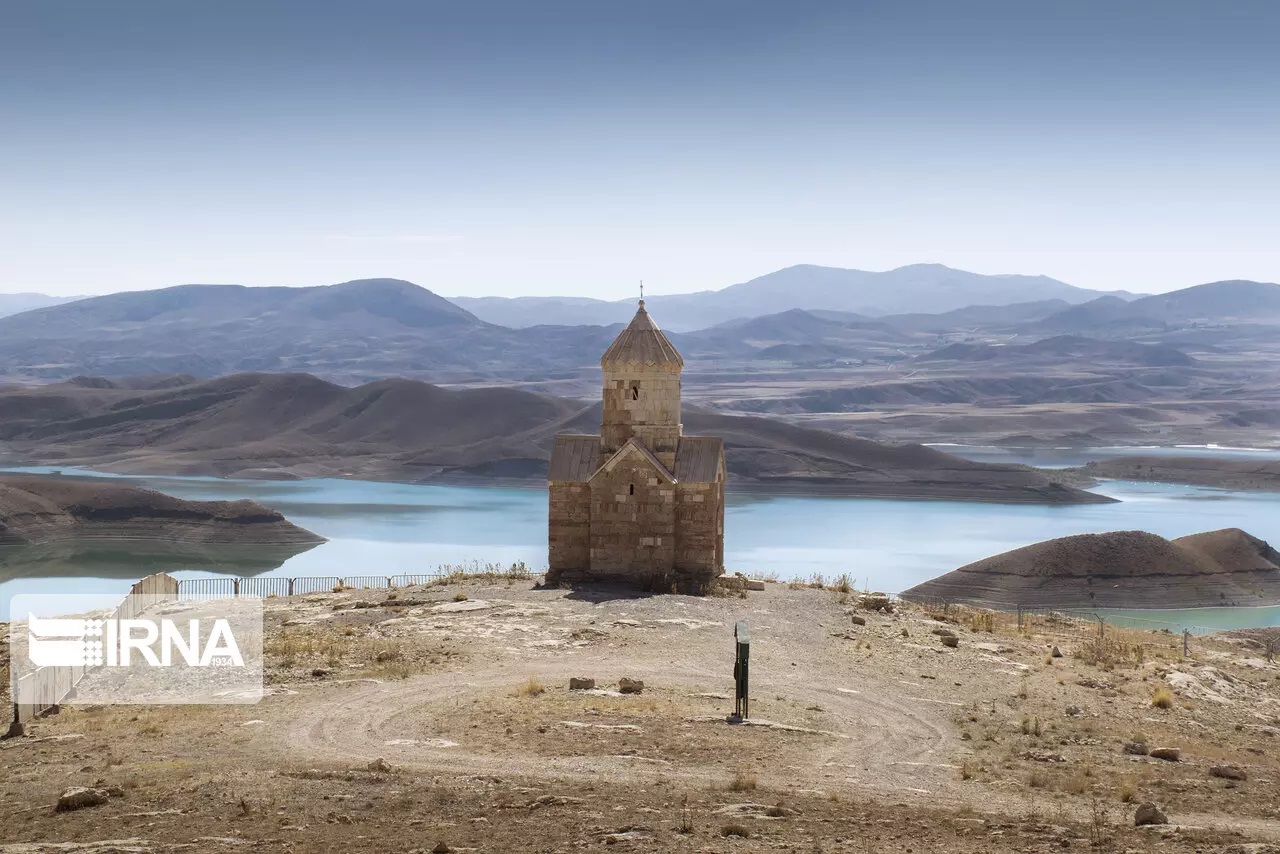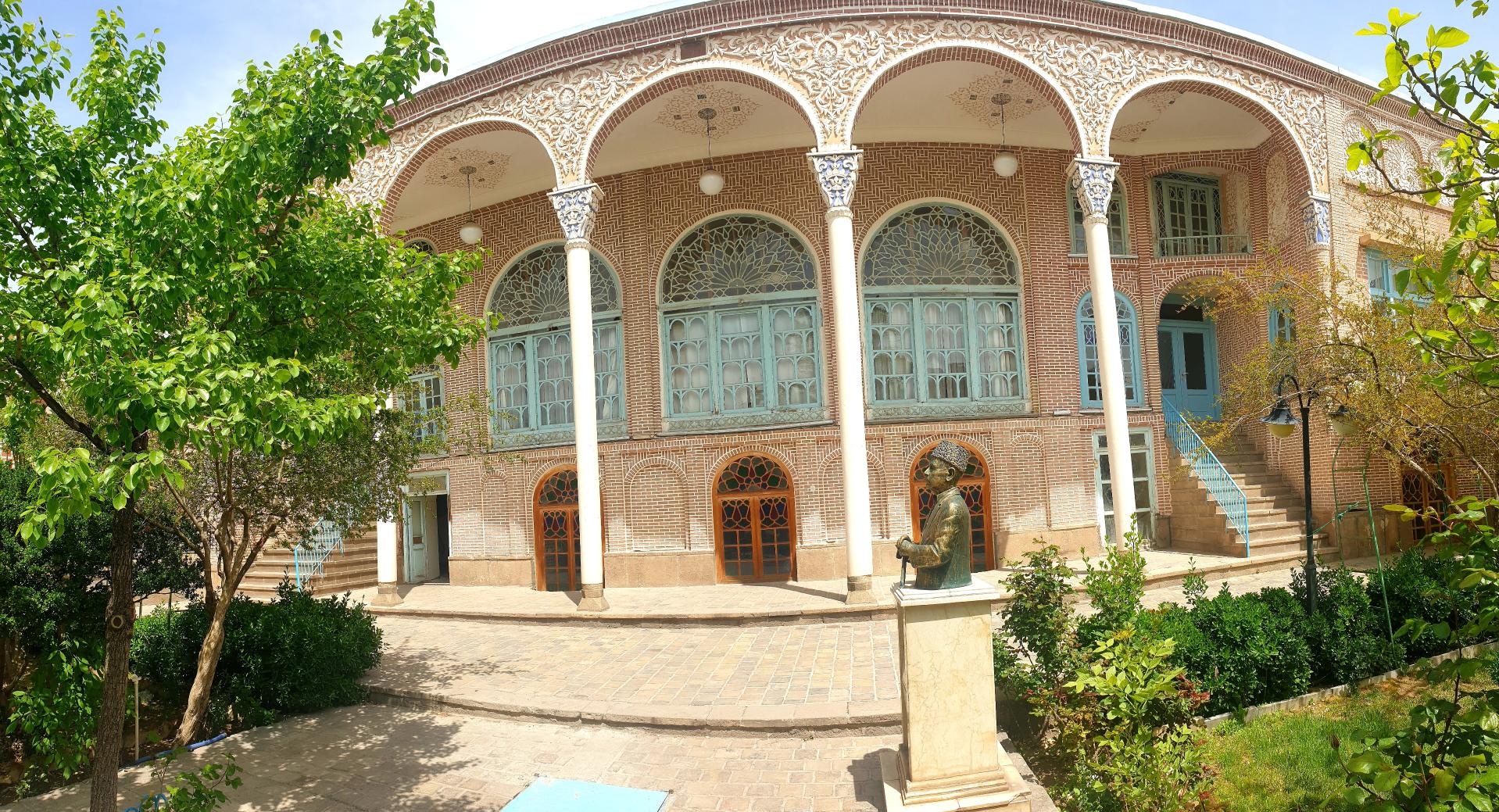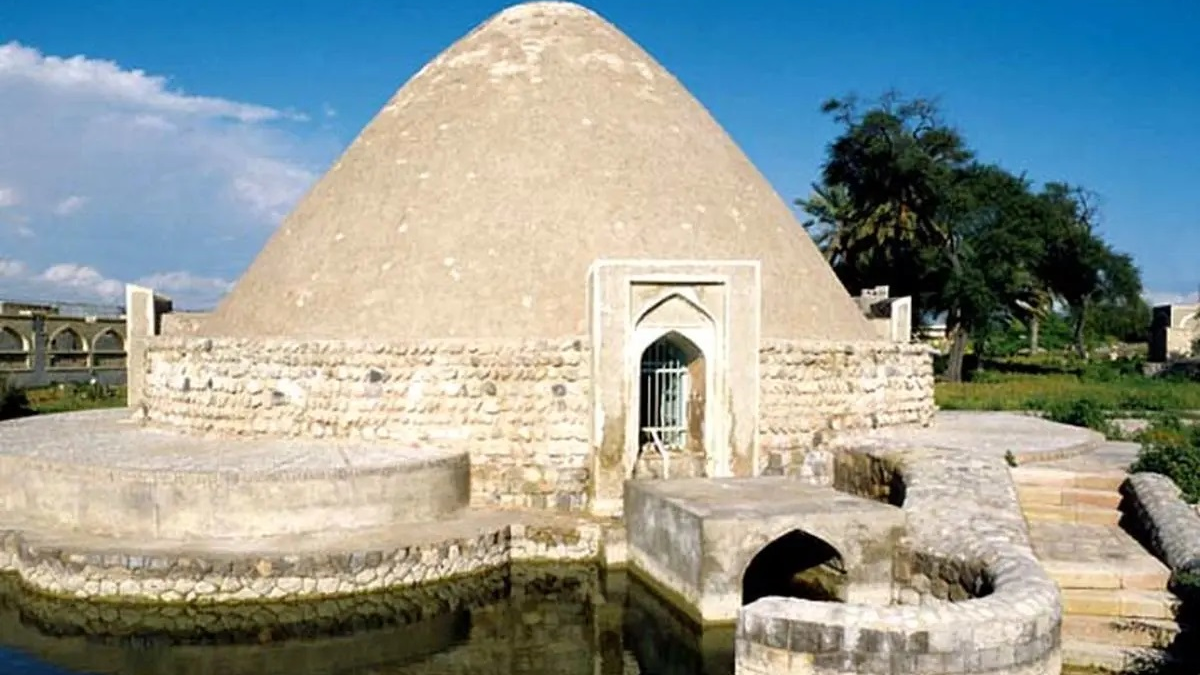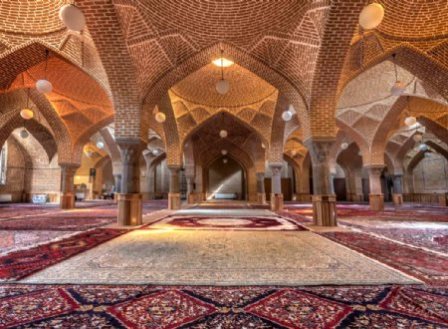
Qaleh Sangi Caravanserai and Its Untold Secrets
The Qaleh Sangi Caravanserai, sometimes simply called Qaleh Sangi, is one of the 54 Iranian caravanserais inscribed on the UNESCO World Heritage List in 2023. This caravanserai has become famous for the mysteries it holds—mysteries linked to several skeletons that were discovered within its walls.
The Qaleh Sangi Caravanserai is located in the central regions of Iran, in the southwestern part of Tehran Province, within Robat Karim County, near the city of Parand. Today, the site of the caravanserai lies very close to the intersection of the old Saveh Road and the Tehran–Saveh Highway, making it easily accessible.
History and Features of Qaleh Sangi Caravanserai
Although some sources, due to the unique architectural style of the central building, date this caravanserai back about 1,500 years, most experts agree that it was established during the Buyid dynasty (945–1052 AD). Evidence uncovered at the site has led some historians to conclude that the fortress was constructed over a period of more than 200 years.
Although adobe was the main construction material in central Iran, this caravanserai was built entirely of stone. Built entirely of stone, the caravanserai stands out among central Iranian structures that were typically made of mudbrick. Stone provided greater durability, suggesting that the region was once highly vulnerable to attacks. It is precisely because of this solid structure that the building became known as a “fortress” (Qaleh). The name also relates to its function — at least during part of its history, the caravanserai served as a military post. Some experts believe that it also housed local rulers for a period. According to certain sources, due to the fertile plains surrounding the area, the site may have been used as a center for overseeing agricultural lands.
Architecture and Mysteries of Qaleh Sangi Caravanserai
The overall layout of the fortress, like many traditional Iranian caravanserais, follows a four-iwan (four-portico) plan. At its center lies a large open courtyard, around which simple rooms are arranged — each room’s entrance facing the courtyard.
Three semi-circular towers stand in the middle of the outer walls, while four round towers rise at the corners of the building. These towers once served as watch posts for guards. At times, fires were lit atop the towers to help guide caravans through the night.
Beyond their defensive role, the towers also had structural functions — acting as strong supports to reinforce the caravanserai’s thick stone walls. In each of the four corners, there are square rooms topped with domed ceilings, reflecting the architectural harmony and engineering precision typical of Iran’s historical caravanserais.
Architecture and Mysteries of Qaleh Sangi Caravanserai
The overall layout of the fortress, like many traditional Iranian caravanserais, follows a four-iwan (four-portico) plan. At its center lies a large open courtyard, around which simple rooms are arranged — each room’s entrance facing the courtyard. Three semi-circular towers stand in the middle of the outer walls, while four round towers rise at the corners of the building. These towers once served as watch posts for guards. At times, fires were lit atop the towers to help guide caravans through the night.
Beyond their defensive role, the towers also had structural functions — acting as strong supports to reinforce the caravanserai’s thick stone walls. In each of the four corners, there are square rooms topped with domed ceilings, reflecting the architectural harmony and engineering precision typical of Iran’s historical caravanserais.
Architecture and Mysteries of Qaleh Sangi Caravanserai
The overall layout of the fortress, like many traditional Iranian caravanserais, follows a four-iwan (four-portico) plan. At its center lies a large open courtyard, around which simple rooms are arranged — each room’s entrance facing the courtyard.Three semi-circular towers stand in the middle of the outer walls, while four round towers rise at the corners of the building. These towers once served as watch posts for guards. At times, fires were lit atop the towers to help guide caravans through the night. Beyond their defensive role, the towers also had structural functions — acting as strong supports to reinforce the caravanserai’s thick stone walls. In each of the four corners, there are square rooms topped with domed ceilings, reflecting the architectural harmony and engineering precision typical of Iran’s historical caravanserais.
The Hidden Secrets and Wonders of Qaleh Sangi Caravanserai
The Qaleh Sangi Caravanserai holds within its walls many mysteries and marvels. One of the most fascinating is a shallow well that reaches water at a surprisingly low depth and remains full throughout the year, even though, in the surrounding lands, no water can be reached even at depths of over 100 meters. However, the greatest mystery of the site lies in the 23 human skeletons discovered there. According to experts, these burials date back around 650 years, to the Seljuk period. The first skeleton unearthed belonged to a middle-aged man, buried face-up (supine). The position of the body, along with fractures in the skull and face, suggested that he had been murdered. His entire body was covered in ash, which had turned it almost into a fossil-like form, preserving it remarkably well — even the man’s hair was still clearly visible.
The irregular arrangement of the burials and the severe injuries visible on the skeletons suggest that the site was the scene of mass murder and looting. The bodies appear to have been hastily buried, with several corpses placed on top of each other in some graves. Although Islam was already widespread in Iran at that time, the dead were buried without shrouds, still wearing their ordinary clothes — an indication of an unexpected and violent event. During the excavations, archaeologists also discovered stone tools and spherical stones resembling those the Mongols used in warfare as charms to ward off evil or counteract sorcery. Taken together, these findings support the theory that the inhabitants of the caravanserai were massacred during the Mongol invasion of Iran (1219 CE). However, this hypothesis has not yet been scientifically proven.
National and World Heritage Registration of Qaleh Sangi Caravanserai
In 2003 CE (1382 SH), the Qaleh Sangi Caravanserai was officially inscribed on Iran’s National Heritage List. Two decades later, in 2023 CE (1402 SH), it was also added to UNESCO’s World Heritage List as one of the 54 Iranian caravanserais recognized for their outstanding cultural and historical value.
| Name | Qaleh Sangi Caravanserai and Its Untold Secrets |
| Country | Iran |
| State | Tehran |
| City | Parand |
| Type | Historical |
| Registration | Unesco,National |

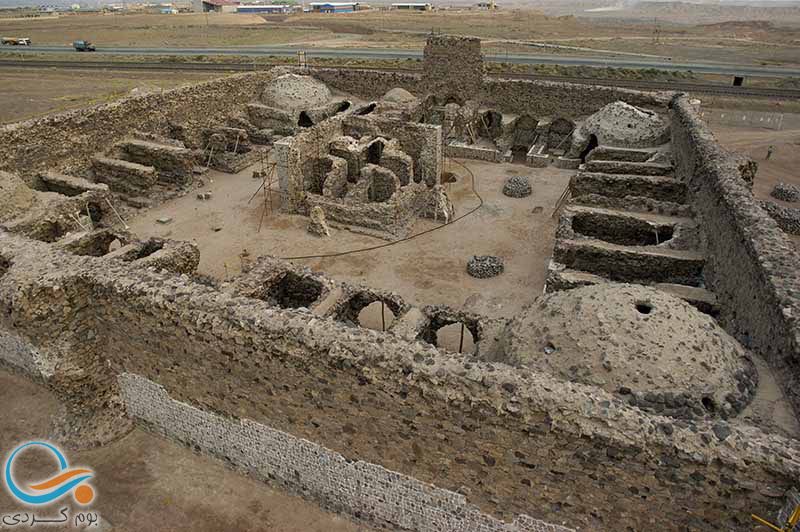


Choose blindless
Red blindless Green blindless Blue blindless Red hard to see Green hard to see Blue hard to see Monochrome Special MonochromeFont size change:
Change word spacing:
Change line height:
Change mouse type:

